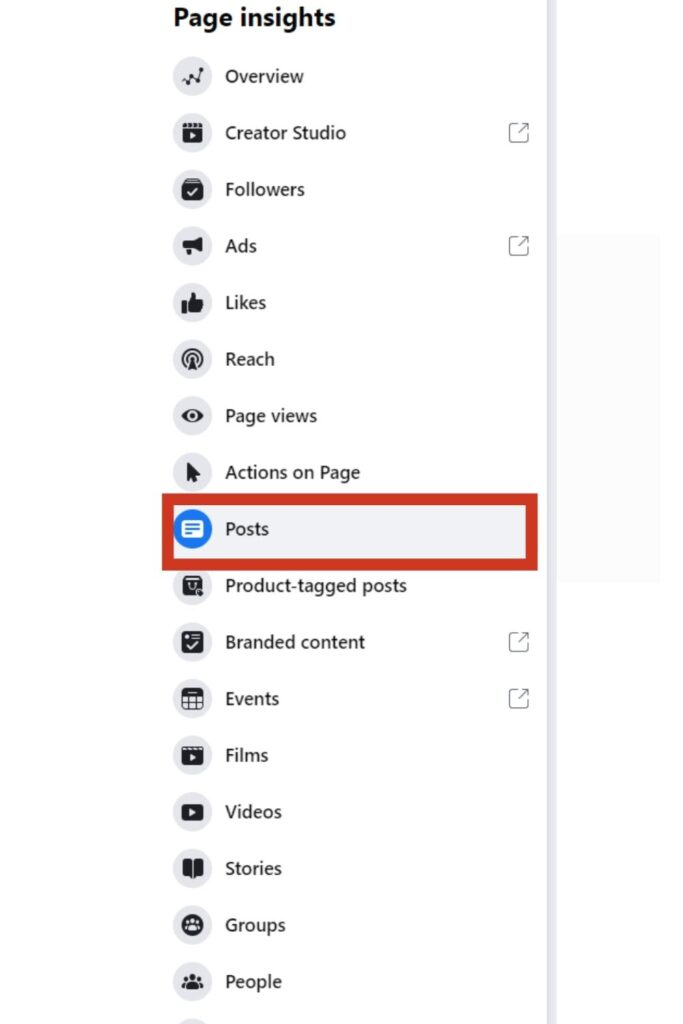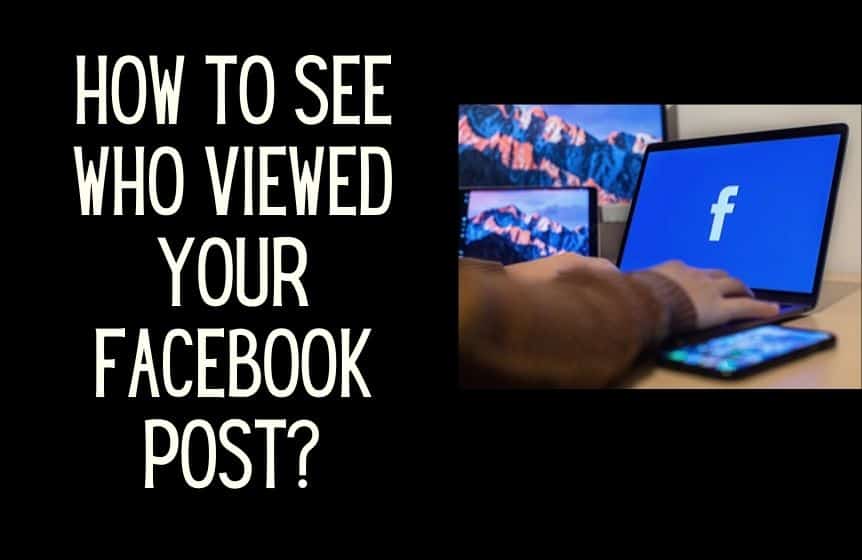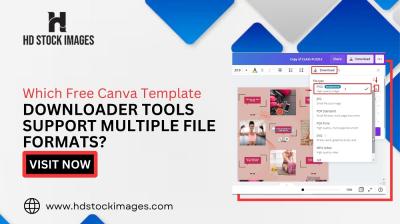Introduction
Welcome to our blog post discussing one of the most frequently asked questions among
Facebook users: Can you see who viewed your video on
Facebook? With the increasing popularity of video content on social media platforms like
Understanding Video View Metrics on Facebook

When it comes to understanding video view metrics on
Facebook, it's essential to grasp the platform's terminology and how it defines a "view."
Facebook defines a view as any instance where a video is watched for three seconds or more, whether the video is autoplayed or clicked to play.
Here are some key terms related to video view metrics on Facebook:
- Video View: Any instance where a video is watched for three seconds or more.
- View Count: The total number of times a video has been viewed for three seconds or more. This includes both organic and paid views.
- Organic Reach: The number of unique users who saw a video through unpaid distribution.
- Paid Reach: The number of unique users who saw a video as a result of paid promotion.
Understanding these terms is crucial for accurately interpreting video performance metrics on
Facebook. While a high view count may seem impressive, it's essential to delve deeper into other metrics like engagement, watch time, and audience retention to assess the true impact of your video content.
Facebook provides insights into video performance through its Analytics tools, allowing page admins to track metrics such as:
- Views
- Engagement (likes, comments, shares)
- Watch Time
- Retention Rate
These metrics offer valuable insights into how users interact with your video content, helping you refine your content strategy and optimize future videos for better performance.
Facebook Video Metrics Comparison| Metric | Definition | Importance |
|---|
| Views | The total number of times a video is watched for three seconds or more. | Indicates initial audience engagement. |
| Engagement | Interactions such as likes, comments, and shares. | Reflects audience involvement and interest. |
| Watch Time | Total duration of time users spend watching a video. | Shows the level of viewer interest and content relevance. |
| Retention Rate | Percentage of viewers who continue watching the video. | Indicates the video's ability to retain audience attention. |
By analyzing these metrics, you can gain actionable insights to optimize your video content strategy, improve engagement, and enhance overall performance on Facebook.
Factors Affecting Video Views Visibility
Visibility of video views on Facebook can be influenced by various factors, ranging from platform algorithms to user privacy settings. Understanding these factors is essential for managing expectations and interpreting video performance accurately.
- Platform Algorithms: Facebook's algorithms play a significant role in determining the visibility of video views. The platform uses complex algorithms to prioritize content in users' News Feeds based on factors such as relevance, engagement, and recency. Videos that generate high engagement and retention are more likely to be shown to a broader audience.
- Privacy Settings: Users have control over the visibility of their interactions on Facebook, including video views. Privacy settings can limit who can see a user's activity, including watching videos. If a user has strict privacy settings enabled, their video views may not be visible to others.
- Content Distribution: The way you distribute your video content can impact its visibility. Videos shared publicly are more likely to reach a broader audience compared to those shared within closed groups or with a limited audience. Utilizing features like Facebook Live can also increase visibility as live videos tend to receive higher engagement.
- Video Quality and Relevance: The quality and relevance of your video content can affect its visibility on Facebook. High-quality videos that resonate with your target audience are more likely to be watched and shared, leading to increased visibility. Conversely, low-quality or irrelevant content may be ignored or hidden by users, reducing visibility.
- Timing and Frequency: The timing of your video posts and the frequency of your content updates can impact visibility. Posting videos when your target audience is most active increases the likelihood of engagement and visibility. Additionally, overposting may lead to content fatigue and decreased visibility.
It's essential to consider these factors when assessing the visibility of video views on Facebook. While some factors may be beyond your control, optimizing your content strategy and engaging with your audience can help maximize visibility and reach on the platform.
Tools and Methods Claiming to Reveal Viewership
Many third-party tools and methods claim to offer insights into who viewed your videos on Facebook. While some of these tools may provide data and analytics, it's important to approach them with caution and skepticism.
Here are some common types of tools and methods claiming to reveal viewership on Facebook:
- Third-Party Apps: Some third-party apps claim to provide detailed analytics and insights into video viewership on Facebook. These apps may require access to your Facebook account and data, raising privacy concerns. Additionally, the accuracy and reliability of data provided by these apps may vary.
- Browser Extensions: Certain browser extensions claim to reveal information about who viewed your Facebook profile or videos. These extensions often operate outside of Facebook's official platform and may not be authorized by Facebook. As a result, they may pose security risks and violate Facebook's terms of service.
- Manual Methods: Some users resort to manual methods, such as checking the list of reactions or comments on a video, to infer who viewed their content. While this approach may provide some insights, it's not foolproof and relies on assumptions rather than concrete data.
It's important to note that Facebook does not provide a native feature or tool for users to see a comprehensive list of everyone who viewed their videos. The platform prioritizes user privacy and data protection, which means that detailed viewer information is not readily accessible to users.
Furthermore, relying on third-party tools or methods to reveal viewership can pose risks such as:
- Privacy Concerns: Granting access to third-party apps or extensions may compromise your privacy and expose sensitive information.
- Security Risks: Using unauthorized tools or extensions can expose you to security threats such as malware or phishing attacks.
- Violation of Terms of Service: Some tools or methods may violate Facebook's terms of service, leading to account suspension or termination.
Instead of relying on questionable tools and methods, focus on leveraging Facebook's built-in analytics tools and insights to understand your video performance and audience engagement.
Privacy Concerns and Facebook Policies
Privacy is a paramount concern for both Facebook users and the platform itself. Facebook has implemented various policies and measures to safeguard user privacy and ensure data protection. When it comes to video views visibility, several privacy considerations and Facebook policies come into play.
Here are some key privacy concerns and Facebook policies related to video views:
- User Privacy Settings: Facebook allows users to customize their privacy settings to control who can see their activity, including video views. Users can adjust settings to limit the visibility of their video views to specific audiences or restrict them entirely.
- Data Protection: Facebook is committed to protecting user data and complying with privacy regulations such as the General Data Protection Regulation (GDPR) and the California Consumer Privacy Act (CCPA). The platform implements measures such as encryption and data access controls to safeguard user information.
- Anonymous Viewing: Facebook respects user privacy by enabling anonymous viewing of content. Users can watch videos without leaving traces of their identity or activity, enhancing privacy and anonymity.
Facebook's policies regarding user privacy and data protection have significant implications for video views visibility:
- Transparency: Facebook is transparent about its privacy practices and provides users with tools and resources to manage their privacy settings effectively. Users can access privacy controls and settings to customize their experience and control the visibility of their video views.
- Consent: Facebook requires user consent for accessing and using personal data, including video views data. Users must consent to the platform's terms of service and privacy policy before using Facebook's services, ensuring transparency and accountability.
Facebook Privacy Policies Overview| Policy | Description |
|---|
| Data Protection | Ensures the security and privacy of user data through encryption and access controls. |
| Privacy Settings | Empowers users to customize their privacy settings and control the visibility of their activity. |
| Consent | Requires user consent for accessing and using personal data, including video views data. |
By adhering to Facebook's privacy policies and respecting user privacy preferences, both users and the platform can maintain a safe and trustworthy online environment.
Best Practices for Analyzing Video Performance
Effectively analyzing video performance on Facebook requires a comprehensive approach that goes beyond simply looking at view counts. By considering various metrics and adopting best practices, you can gain valuable insights into your video content's impact and audience engagement.
Here are some best practices for analyzing video performance on Facebook:
- Set Clear Objectives: Before analyzing video performance, define clear objectives and goals for your video content. Whether it's increasing brand awareness, driving website traffic, or boosting engagement, align your analysis with your objectives.
- Focus on Key Metrics: Instead of fixating solely on view counts, pay attention to other key metrics such as engagement (likes, comments, shares), watch time, and audience retention. These metrics provide deeper insights into audience behavior and content effectiveness.
- Compare Performance Over Time: Track video performance over time to identify trends and patterns. Analyze changes in metrics across different time periods to understand the impact of content updates, promotions, or seasonal variations.
- Segment Your Audience: Utilize Facebook's audience segmentation features to analyze video performance among different audience segments. By targeting specific demographics or interests, you can tailor your content strategy and optimize engagement.
- Experiment with Content Formats: Test different content formats, lengths, and styles to identify what resonates best with your audience. Analyze performance metrics for each format to refine your content strategy and maximize engagement.
When analyzing video performance on Facebook, consider the following best practices:
- Utilize Analytics Tools: Take advantage of Facebook's built-in analytics tools, such as Insights, to track video performance and audience engagement. These tools provide valuable data and metrics to inform your analysis and decision-making.
- Monitor Comments and Feedback: Pay attention to comments, feedback, and sentiment expressed by viewers on your videos. Analyze engagement patterns and address viewer concerns or questions to foster community engagement and loyalty.
Key Performance Metrics for Video Analysis| Metric | Description |
|---|
| Engagement | Likes, comments, shares, and reactions generated by the video. |
| Watch Time | Total duration of time users spend watching the video. |
| Audience Retention | Percentage of viewers who continue watching the video over time. |
By following these best practices and leveraging relevant metrics, you can gain actionable insights to optimize your video content strategy, enhance audience engagement, and achieve your business objectives on Facebook.
Conclusion
In conclusion, while Facebook does not provide a direct means for users to see a comprehensive list of who viewed their videos, understanding video view metrics and leveraging analytics tools can offer valuable insights into audience engagement and content performance.By focusing on key metrics such as engagement, watch time, and audience retention, and adhering to best practices for analyzing video performance, users can optimize their content strategy and maximize impact on the platform.It's essential to prioritize user privacy and adhere to Facebook's policies regarding data protection and transparency. Ultimately, by continuously monitoring and refining their approach to video content, users can enhance their presence on Facebook and achieve their desired objectives.
 When it comes to understanding video view metrics on Facebook, it's essential to grasp the platform's terminology and how it defines a "view." Facebook defines a view as any instance where a video is watched for three seconds or more, whether the video is autoplayed or clicked to play.
When it comes to understanding video view metrics on Facebook, it's essential to grasp the platform's terminology and how it defines a "view." Facebook defines a view as any instance where a video is watched for three seconds or more, whether the video is autoplayed or clicked to play.
 admin
admin








